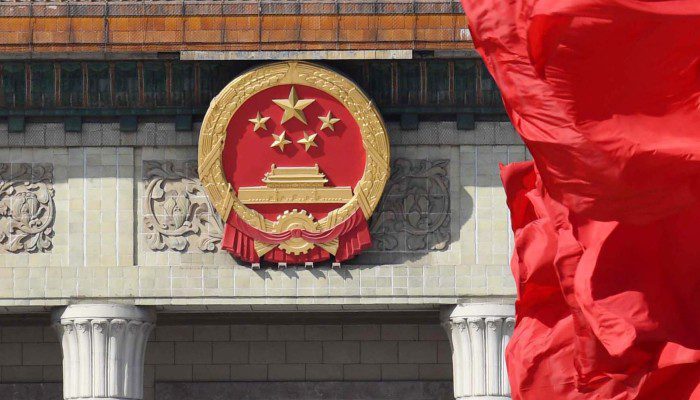Liquidating a company in China is a complex, costly, and lengthy process. Failure to follow the proper procedures and simply walking away from your China entity can lead to civil or criminal charges as well as inability to make investments in the future. Additionally, foreign individuals involved might be banned from entering PRC. In this article we provide information on how to shut down your China business the right way to stay compliant and avoid risks.
Liquidation process
The liquidation process is quite straightforward and includes three main stages:
Liquidation approval
China company liquidation requires an approval from the State Administration for Market Regulation (SAMR or AMR). After a formal approval has been granted LLC will form a liquidation committee to begin the process. Once the dissolution process starts company cannot partake in any business activities but must continue tax filing and financial reporting. The company will also be required to perform a pre-liquidation audit.
Post-approval
Once company receives the approval from SAMR it will announce the liquidation at a local newspaper and start liquidating the assets.
After all the assets have been sold, receivables have been collected, employees laid off, and creditors paid off the company will be required to perform a second audit. The second or the final audit takes place later in the process to validate transactions conducted during the course of the liquidation.
De-registration
- Cancellation of licenses and de-registration with other authorities (Human Resources and Social Security Administration, State Administration of Foreign Exchange, China Customs)
Registration with the Customs office, the State Administration of Foreign Exchange, and the Social Security office as well as all the additional licenses held by the company must be cancelled.
- De-registration with the Tax office and the State Administration for Market Regulation
The final stage of the company dissolution process includes de-registration with the Tax office and SAMR (retraction of the business license). The last step of the process includes bank accounts closure and disposal of the company seals.
The entire process takes from six months to two years depending on the company structure and the level of complexity.
Since 2017 there are two ways for China company dissolution: standard and a simplified de-registration. The simplified de-registration procedure or “e-deregistration”, introduced in 2017 by the State Administration of Industry and Commerce (now: State Administration for Market Regulation), allows for an online submission of the de-registration application instead of an in-person one. The approach is determined by the local authorities once the liquidation process starts. Normally companies going through the e-liquidation have a simple business scope and company structure, and do not have any outstanding debt (including employee salaries).
Although, the name suggests a no-hassle approach, the level of implementation depends on the district.
It is crucial to adhere to the legal requirements and seek professional guidance to ensure a smooth and compliant liquidation process and avoid delays.
Dormant status instead of liquidation
Catering to companies impacted by the pandemic, in 2022 Chinese government introduced a new policy according to which businesses registered in China can apply for a dormant status.
Considering the current business environment and geopolitical tensions foreign-invested businesses that are unable to bear the daily operations costs can put their business on hold, instead of closing the company permanently.
Beyond reducing administrative costs, the dormant status brings the following benefits:
- Business name, trademark, and other intangible assets protection.
- Preservation of the special licenses or pre-approvals without a need to re-apply in the future. Preservation of physical assets.
- Simple restart of operations: dormancy is a cost and time efficient solution compared to the company liquidation if you wish to resume business activities in China in the future.
Even without a revenue, you will still need to continue to file taxes, submit annual reports and financial statements, and manage corporate bank accounts to remain compliant.
Nevertheless, it is important to keep in mind that dormancy cannot be a permanent state for a China entity: you will be eventually – most likely in one to three years – pushed to change the status to an active or to liquidate your LLC completely.
Going dormant or liquidating your China company requires expert assistance. Reach out to S.J. Grand professionals for a consultation and guidance.
Latest Articles:
- Strategic Tax Optimization for Foreign Subsidiaries in China
- The Unmasking: How Chinese Manufacturers Are Challenging Western Luxury Brands
- Why Chinese Suppliers Should Maintain Long-Term Confidence
- Trump’s Tariff Moratorium: A Game of Chicken with Chinese Characteristics
- How I Learned to Stop Worrying and Love the Trump Tariffs: China’s Silver Lining Playbook







